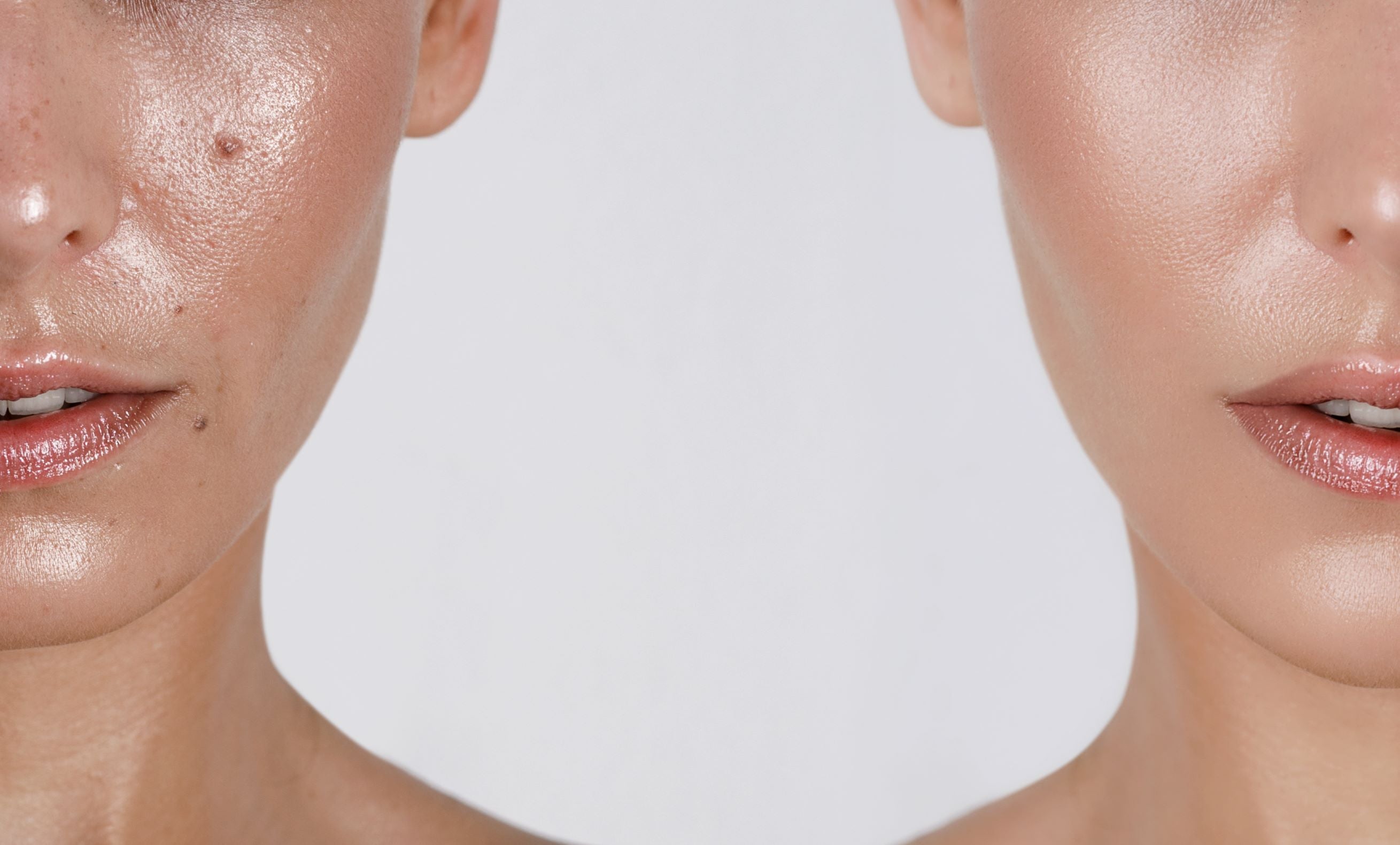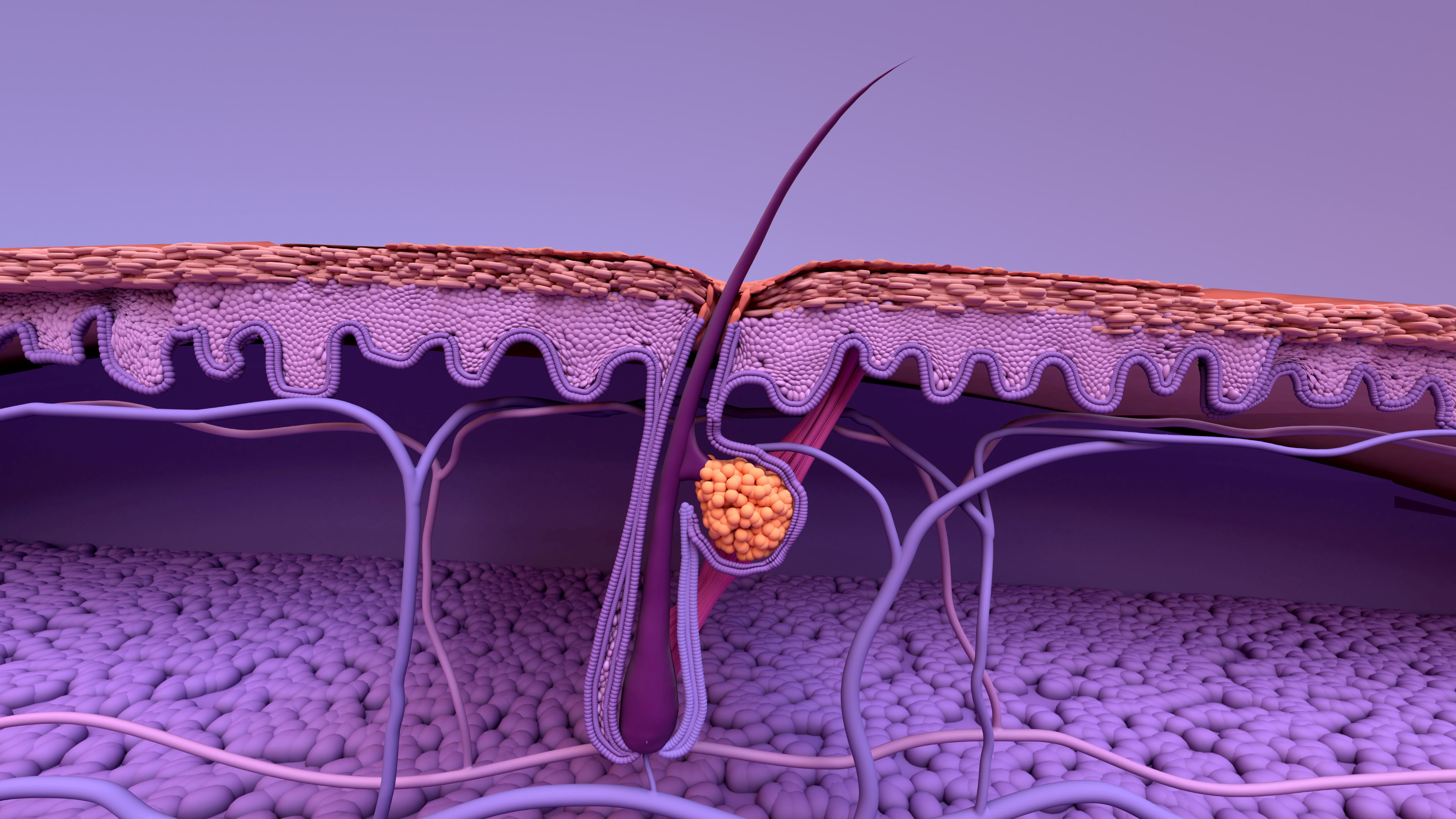Beauty vs Bodyguard Part 1: the many roles of the skin

I’m assuming you have found this blog post or the Cygnet Skin insta profile because you at least have some sort of interest in skincare, are perhaps even obsessed with it, a real beauty junkie? Or you’re related to me, and I’ve guilted you into engaging with my content 😊
It is often in this context that we think about our skin – the aesthetic side, does my skin look good? Is it clear and glowing? What products or treatments can improve the appearance of my skin? But have you ever stopped to think about what exactly skin is and how it functions? Going beyond the aesthetics of using skincare, what are we trying to achieve for our skin and why is skin health so important? Luckily, if we take good care of our skin we can have it looking amazing AND keep it functioning well. It’s a win-win. And when you read on below and in Part 2 to come, you’ll realise that our skin is doing the hard yards day in and day out, so it deserves a little TLC each day!
Function of the skin
Part 1 of Beauty vs Bodyguard will introduce the variety of functions our skin performs – there are a lot. Part 2 will take a deeper dive into the different structures within our skin and how skincare can be used to support our skin stay healthy.
Skin is part of the integumentary system which is the largest organ of the human body, accounting for about 16% of our body weight, and is crucial for our survival. It includes the different layers of our skin, our hair, nails, and associated glands. Our skin performs a multitude of functions, touched on below it’s staggering!
Physical Barrier
Probably one of the obvious roles of the skin is as a physical barrier that separates what’s inside our body from the external environment. This barrier protects our body against external threats such as pathogens (bacteria, viruses, fungi etc), UV radiation, and physical trauma. The protective role of the skin is physical, our waterproof armour, but also physiological.
Immune Defence
The skin contributes to immune function in a couple of ways. Many different immune cells reside in the layers of the skin to deal with any germs that manage to penetrate the physical barrier. Being resident in the skin itself, means that these cells don’t have far to travel to the site of invasion to start fighting off whatever nasty has trespassed. In addition to immune cells, our skin has a delicate balance of ‘good’ bacteria hanging around and secretions such as sebum help maintain this microbiome. The native bacteria help keep skin healthy by inhibiting the growth of not-so-good bacteria and contribute to keeping the pH of the skin in the right range of about 5.5 (slightly acidic).
Wound Healing
This is a fascinating and complex process that occurs following a physical insult or trauma to the skin. It is a highly regulated process allowing clots to form so we don’t bleed to death, recruitment of the resident immune cells mentioned above to come and deal with any germs and clear out debris, and regrow and remodel the injured tissue so we are good as new again. That’s obviously hugely over-simplified but if you’re a nerd like me it’s worth reading about in more detail. It’s one of those things that makes you realise how smart our bodies are!
Mobility
The complex architecture of the skin also enables our body to be mobile and not crack when we move! The connective tissue makeup, lipids and proteins of the different layers of skin provide mechanical properties that enable it to stretch, contract and bend without breaking, and allow our skin to stand up to minor traumas and allow free movement of our limbs.
Thermoregulation
Isn't that something we learned about in school relating to animals? Well yes, and we humans are top of the animal kingdom! Skin plays a crucial role in regulating body temperature through processes such as sweating and shivering and directing blood flow to the surface to release heat through the skin or constricting blood flow to maintain our core temperature. Every cell in our body functions optimally within a very small temperature window so the role of the skin in thermoregulation cannot be underestimated. Our skin is also a window to let us and others know if something isn’t quite right on the inside. If our skin goes pink it is often a sign of infection or inflammation, a yellowing of the skin can indicate a liver issue, and if we lose colour in our face it can be a sign we are unwell, etc
Vitamin D synthesis
The skin also helps in the synthesis of vitamin D, a hormone involved in the functioning of almost every tissue in the body. The synthesis of vitamin D is a fascinating process whereby the outer layer of the skin, the epidermis (read more about it below) absorbs UV light from the sun, which converts a vitamin D precursor (7-dehydrocholesterol for those interested) into vitamin D3 which is then released into the bloodstream. What follows from there is a series of conversions that results in the active form of vitamin D, 1,25-dihydroxyvitamin D, being produced which is used in a variety of ways throughout the body.
Sensation
Finally, the skin is a sensory organ! Our ability to feel sensations such as touch, pressure, stretch, temperature, pain and fully experience the world around us is because of the nerve endings found in the skin. Indirectly, the ability to feel pain at the skin's surface is another way our skin works to protect us from harm by sending a message to our brain to move away from things that may harm us eg an open flame.
Did you realise the skin had so many jobs?! No holidays for the skin, the true multi-tasker, it's on 24/7 and that’s why we need to take the time to say thank you now and then! Plus, keeping our skin in good working order by being moisturised, hydrated, and protected will also give you that bouncy, healthy glow we all want. That’s all for now on the topic of skin function. Next up in Part 2, we will delve into the incredible structure of the skin.
References:
- Mostafa WZ, Hegazy RA. Vitamin D and the skin: Focus on a complex relationship: A review. J Adv Res. 2015 Nov;6(6):793-804. doi: 10.1016/j.jare.2014.01.011. Epub 2014 Feb 8. PMID: 26644915; PMCID: PMC4642156.
- Kim JY, Dao H. Physiology, Integument. [Updated 2023 May 1]. In: StatPearls [Internet]. Treasure Island (FL): StatPearls Publishing; 2024 Jan-. Available from: https://www.ncbi.nlm.nih.gov/books/NBK554386/
- Lopez-Ojeda W, Pandey A, Alhajj M, et al. Anatomy, Skin (Integument) [Updated 2022 Oct 17]. In: StatPearls [Internet]. Treasure Island (FL): StatPearls Publishing; 2024 Jan-. Available from: https://www.ncbi.nlm.nih.gov/books/NBK441980/



